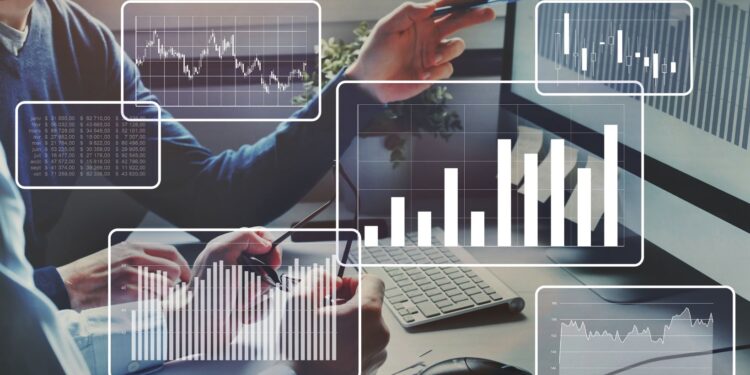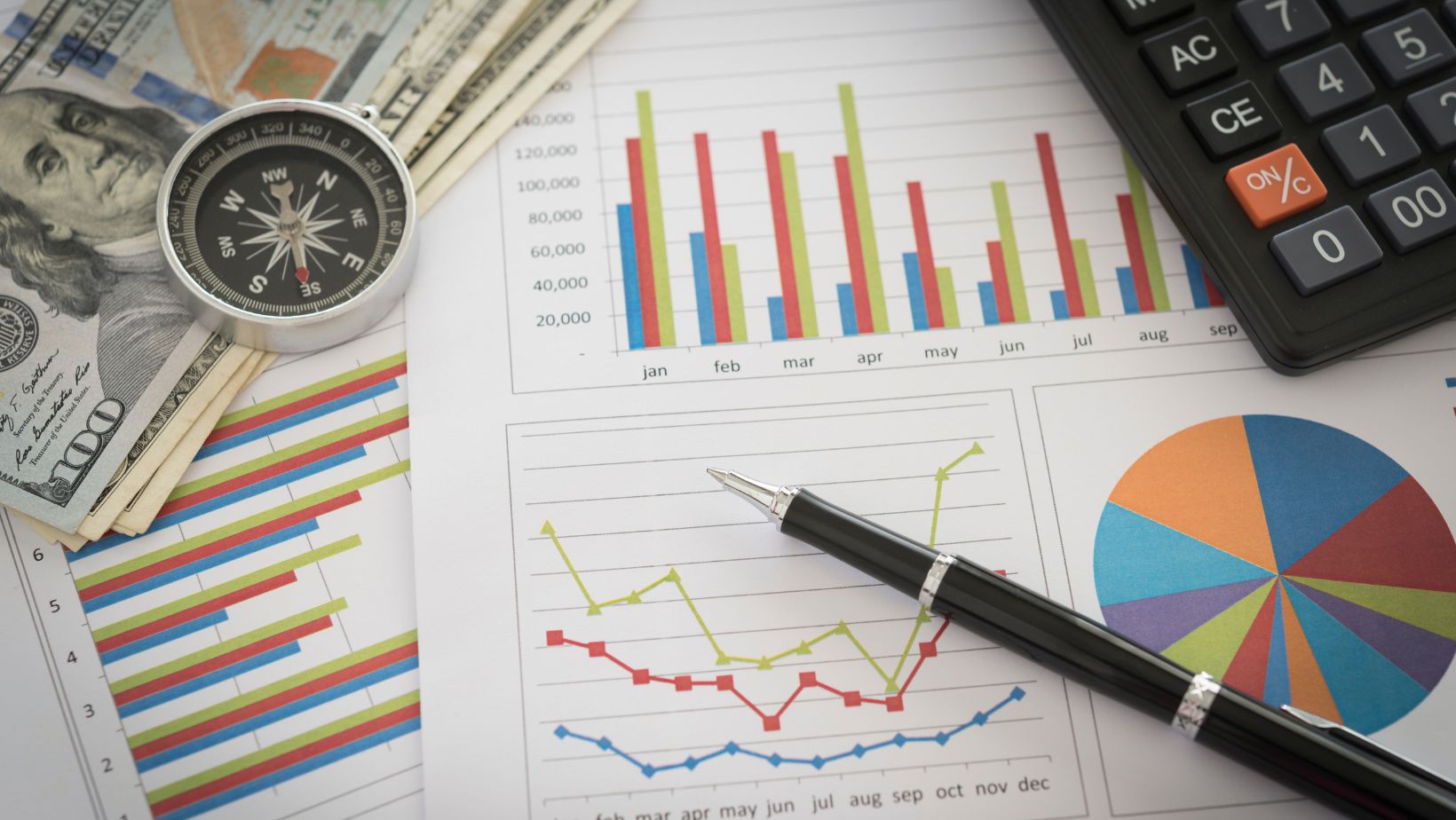Are you concerned about the security of your financial data? In today’s digital age, it’s more important than ever to monitor and protect your sensitive financial information. With cybercrime on the rise, it’s crucial to take proactive steps to safeguard your personal and financial data from potential threats. In this article, I’ll share some valuable tips and strategies on how you can effectively monitor and protect your financial data, giving you peace of mind and ensuring your financial well-being.
Your financial data is incredibly valuable and can be a prime target for cybercriminals. From bank account details to credit card information, your financial data holds the key to your financial security. By monitoring your financial data regularly, you can quickly identify any suspicious activity or unauthorized transactions. Additionally, staying vigilant about your financial data can help you detect any potential identity theft or fraud before it causes significant damage. In this article, I’ll provide you with practical advice on how to monitor your financial data effectively, enabling you to take swift action if any red flags arise.
You Can Monitor And Protect Your Financial Data In All Of The Following Ways Except _____.
Financial data security is of utmost importance in today’s digital age. With the increasing prevalence of cybercrime and identity theft, it is essential to take proactive steps to monitor and protect your financial information. Here are a few reasons why financial data security should be a top priority:
- Prevent Unauthorized Access: By implementing strong passwords, two-factor authentication, and encryption, you can safeguard your financial data from unauthorized access. This helps prevent cybercriminals from gaining control over your accounts and potentially causing significant financial damage.
- Protect Against Identity Theft: Financial data contains sensitive information such as social security numbers, bank account details, and credit card information. If this data falls into the wrong hands, it can lead to identity theft and financial fraud. By monitoring your financial data, you can quickly detect any suspicious activity and take immediate action to prevent further damage.
- Maintain Financial Stability: Keeping a close eye on your financial data allows you to identify any irregularities or discrepancies in your transactions. This enables you to address any fraudulent activities promptly and maintain the stability of your financial accounts.
- Comply with Legal Regulations: Many industries, such as banking and healthcare, have strict regulations in place to protect the privacy and security of customers’ financial data. By monitoring and protecting your financial information, you can ensure compliance with these regulations and avoid potential legal consequences.
Financial data security is crucial for protecting yourself against cybercrime, identity theft, and financial fraud. By implementing robust security measures and regularly monitoring your financial information, you can minimize the risk of unauthorized access, maintain financial stability, comply with legal regulations, and preserve your reputation. Stay vigilant and take the necessary steps to monitor and protect your financial data at all times.
 Common Types of Financial Data Breaches
Common Types of Financial Data Breaches
Financial data breaches can occur in various ways, compromising the security of your sensitive information. By understanding these common types of breaches, you can better protect your financial data. Here are some of the most prevalent methods used by cybercriminals to gain unauthorized access to your financial information:
- Phishing Attacks: Phishing is a technique where hackers send fraudulent emails or messages posing as legitimate organizations, such as banks or credit card companies. They often trick individuals into revealing their personal or financial information, which can then be used for fraudulent purposes.
- Malware Infections: Malware refers to malicious software that is designed to infiltrate computer systems and steal sensitive data. This can happen through infected attachments, downloaded files, or even compromised websites. Once your device is infected, hackers can gain access to your financial information.
- Data Breaches: Data breaches occur when unauthorized individuals gain access to a company’s database or server, compromising the personal and financial information of its customers. This can happen due to weak security measures, insider threats, or sophisticated hacking techniques.
- Physical Theft: Financial data can also be compromised through physical theft. This may include stolen wallets or purses containing credit cards, identification documents, or other financial information. Additionally, physical theft can occur if sensitive documents or devices are not properly secured.
- Unsecure Wi-Fi Networks: Public Wi-Fi networks, such as those found in coffee shops or airports, can be vulnerable to hackers. If you access your financial accounts or transmit sensitive information over unsecured Wi-Fi, cybercriminals can intercept and steal your data.
Remember, protecting your financial data is crucial in today’s digital age. By familiarizing yourself with these common types of financial data breaches, you can take proactive measures to safeguard your information. Implementing strong passwords, enabling two-factor authentication, regularly updating your software, and being cautious of suspicious emails or links are just some of the ways you can monitor and protect your financial data.





 Common Types of Financial Data Breaches
Common Types of Financial Data Breaches








